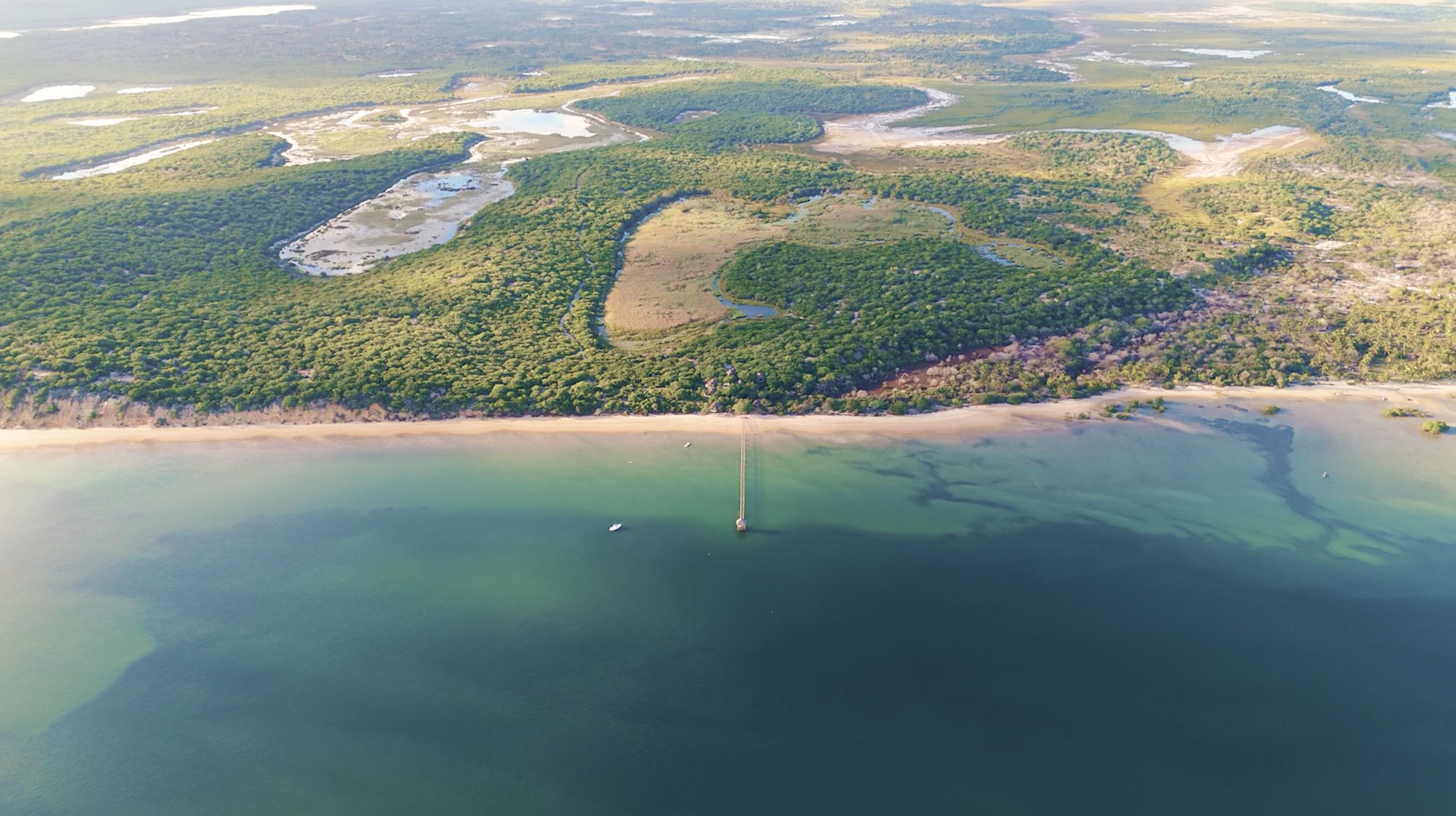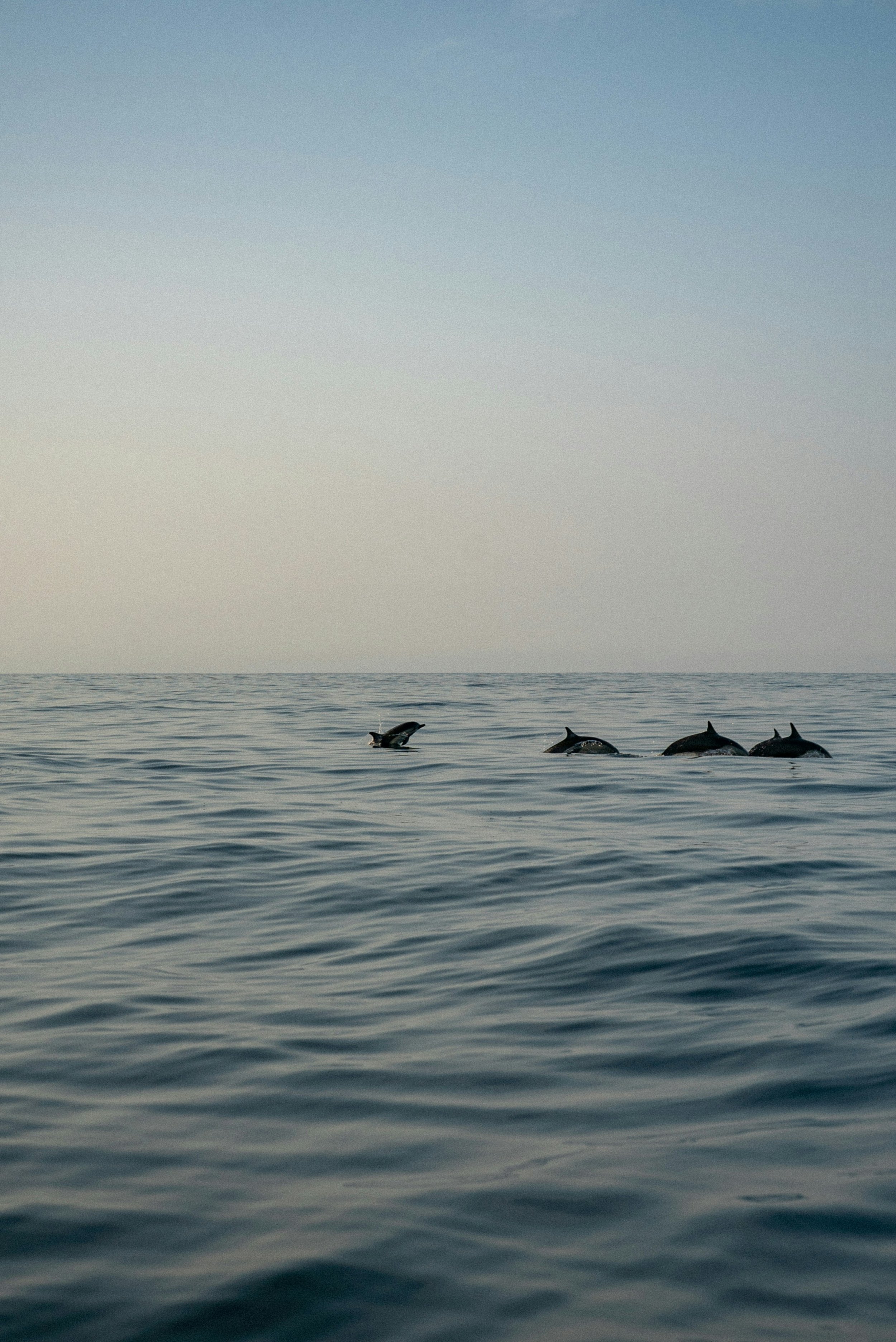
The Sanctuary
In an increasingly noisy and polluted world it is virtually impossible nowadays to find a wilderness area that is easily accessible, climate friendly and touched with the utmost sensitivity by man only for the gentle pursuits of conserving and preserving that natural masterpiece and its inhabitants.
The Sanctuary is just such a place.
-

Conservation.
The Sanctuary is a large, fully protected coastal habitat. It is home to a diversity of both marine and terrestrial species, many of which are classified rare or endangered. Preservation of these assets is critical and the conservation practices employed by The Sanctuary are receiving increasingly wide international recognition and acclaim.
The latest bird census in 2017 indicated a total of 298 species of birds recorded on The Sanctuary – this shows a number of new species present since the last census was undertaken in 2002. Nineteen of the species recorded are Red Data-listed.
A total of 60 mammal species and 505 plants species have been recorded, including several species that are classified either rare or endangered, as well as ten Red Data Book species.
Four of the five species of marine turtles found in The Sanctuary waters and region, all of which are classified as endangered, have been confirmed to nest on The Sanctuary beaches, more species than on any other mainland area.
Information courtesy of The Sanctuary website: https://mozsanctuary.com/
-

Community.
Since inception, a sound relationship has been built and nurtured between The Sanctuary management, homeowners, commercial lodges and our local community. Through co-management and ongoing interaction, community programs, support and job creation, the livelihood of the local community improves year on year and we continue to strengthen our relationship which is uniquely symbiotic.
Liaison officers familiar with dialogue between the different communities and management are an integral part of The Sanctuary team. Constant discussion and negotiations with traditional leaders ensure that the respective interests of the various stakeholders on The Sanctuary are upheld and preserved.
Our neighbouring communities, collectively known as Queuene, consist of several distinct zones with chiefs representing each one. Regular meetings are held between The Sanctuary’s management and all chiefs resulting in true co-management of our resources. The meetings deal with all matters affecting the conservation area and communities such as equal employment representing all the zones amongst other.
Agriculture and fishing are the main means of support. Swift agriculture is practiced and typical crops include cassava, maize, wheat, beans and peanuts. Coastal communities and some migratory inland communities have been fishing for centuries from which trade and barter between the farming and fishing communities has created a fairly balanced diet that continues today.
A clinic has been built by The Sanctuary and staffed by Government to provide much needed medical care. Malaria prevention and treatment is a high priority, especially because children are most affected. The Department of Health and The Sanctuary regularly spray to control mosquito numbers.
Five primary schools with 1,486 students fall inside The Sanctuary’s main area of responsibility. In addition to the government prescribed curriculum, The Sanctuary provides additional input and material on conservation and tourism to the local schools.
Information courtesy of The Sanctuary website: https://mozsanctuary.com/
